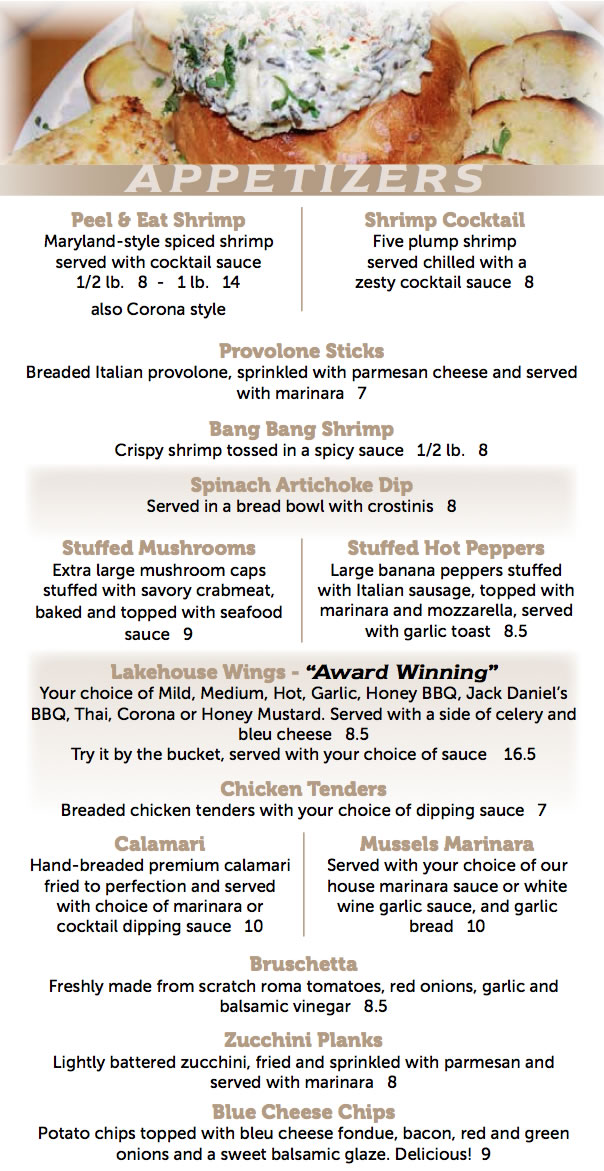

Archie lakehouse morgantown wv for free#
University students use the system for free travel between the campuses. The Morgantown Personal Rapid Transit (PRT) has been in use since 1975. Department of Transportation built an experimental driverless personal rapid transit system in the city, citing the area's variable seasonal climate and geographic elevations as factors in testing the technology's viability.

Notable early structures still standing in Morgantown, include the Old Stone House, built in 1795 by Jacob Nuce on Long Alley (the modern-day Chestnut Street) and the John Rogers family home on Foundry Street, built in 1840 and occupied as of 2011 by the Dering Funeral Home. Historic warehouse in Wharf District, converted to restaurant during late-1990s/early-2000s riverfront refurbishing

The town became part of the newly created state of West Virginia on June 20, 1863, through the Reorganized Government of Virginia. On February 3, 1838, the Virginia General Assembly enacted a municipal charter incorporating the city, now with a population of about 700, as Morgantown, Virginia.

Fifty acres (20 hectares) were appropriated for Morgan's Town by the Virginia General Assembly in October 1785. Colonel Morgan then received a legal certificate for 400 acres (160 hectares) in the area of his settlement near the mouth of Decker's Creek. By 1783, following his wartime duties, Colonel Morgan commissioned Major William Haymond to survey his land and divide it into streets and lots. Morgan fought in both the French and Indian War and the American Revolutionary War, rising to the rank of colonel. Zackquill Morgan settled the area about 1772 by establishing a homestead near present-day Fayette Street and University Avenue. Fort Morgan, at the present site of Morgantown, in 1772 Fort Dinwiddie, north several miles at Stewartstown, in 1772 Fort Martin, several miles north on the Monongahela River, in 1773 Fort Burris in the present-day Suncrest area of Morgantown, in 1774 and Fort Kern in the present-day Greenmont area of Morgantown, in 1774, in addition to other, smaller forts. Several forts were built in the area during this time: Fort Pierpont near the Cheat River, in 1769 Fort Coburn, near Dorsey's Knob, in 1770. Zackquill and David lived here for a few years and eventually built Fort Morgan in present-day Downtown Morgantown in 1772. Zackquill Morgan and David Morgan, sons of Morgan Morgan, entered the area of Virginia that would become Morgantown around 1767, although others, such as Thomas Decker, were recorded as attempting to settle in the area a decade earlier. The treaty decided the issue in favor of the British, but Indian fighting continued almost to the beginning of the American Revolutionary War in 1775. Until the Treaty of Paris in 1763, what is now known as Morgantown was greatly contested by white settlers and Native Americans, and by British and French soldiers. Morgantown's history is closely tied to the Anglo-French struggle for this territory. History Lunch time for two boys employed at the Economy Glass Works in Morgantown, 1908. The city serves as the anchor of the Morgantown metropolitan area, which had a population of 138,176 in 2020. The population was 30,347 at the 2020 census. The largest city in North Central West Virginia and the third-largest city in the state, Morgantown is best known as the home of West Virginia University. Morgantown is a city in and the county seat of Monongalia County, West Virginia, United States, situated along the Monongahela River.


 0 kommentar(er)
0 kommentar(er)
